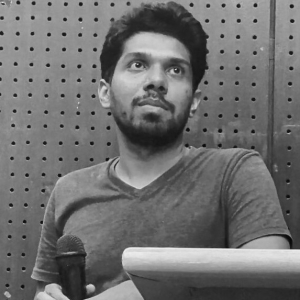PHY 100: Physics for the Next Generation
A tour of the universe through the lens of modern astronomy.
Made for students without a science background; no previous knowledge of physics or mathematics required.
Enroll in iRAS if you are from SBE, SELS, SLASS or SPPH.

Khan Asad, PhD
Astronomer and assistant professor, Department of Physical Sciences. Email: kasad@iub.edu.bd. Room 7006, Jubilee building.
| Week | Questions to be explored |
|---|---|
| 1 | Galileo’s observation of the moon, planets and their satellites. How to use a telescope? |
| 2 | What is the role of asteroids in our solar system? |
| 3 | Where do comets come from? How did they shape our culture and history? |
| 4 | How many planets are there around each star? How do we discover new exoplanets? |
| 5 | How are the stars distributed in our Galaxy? What is a star made of? |
| 6 | How is a star made from interstellar gas? |
| 7 | How does a star age? |
| 8 | How does a star die? Do stars of different masses die differently? |
| 9 | How is a galaxy made? Do galaxies cluster together? |
| 10 | How does the black hole at the center of a galaxy become so big? |
| 11 | How did the universe begin? Where is it going? |
| 12 | Is there life out there? How many planets can potentially host life and even intelligence? |


